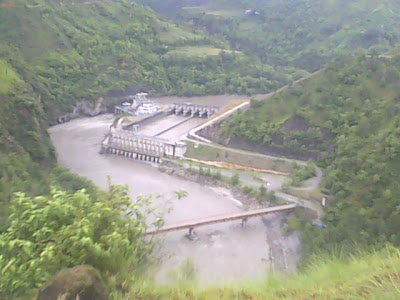
Dams are massive edifices that require man power and regular maintenance. Dams have a widespread affect on their surrounding ecosystems. For example, when a river is dammed the water rises and floods the previously dry vegetation which dies and begins to decay. The decaying process releases methane, a harmful greenhouse gas. Furthermore, silt accumulation becomes a problem. Over time the silt from upriver accumulates and eventually fills the lake, meaning that dams are only a temporary solution. A natural flowing river carries sediment along its path which works as a natural fertilizer for the surrounding area. This creates two problems for the ecosystem, one it is no longer as fertile; as well as, additional maintenance due to the dredging of the silt. In other words, dredging means to smooth out the lake bed or remove built up sediment. The final concern to environmentalists is the migrating wildlife affected by the damming of rivers. Migratory fish are unable to swim upstream to spawn or downstream to the ocean. Moreover, besides wildlife the human residence of the area will be displaced by the dammed water.

No comments:
Post a Comment